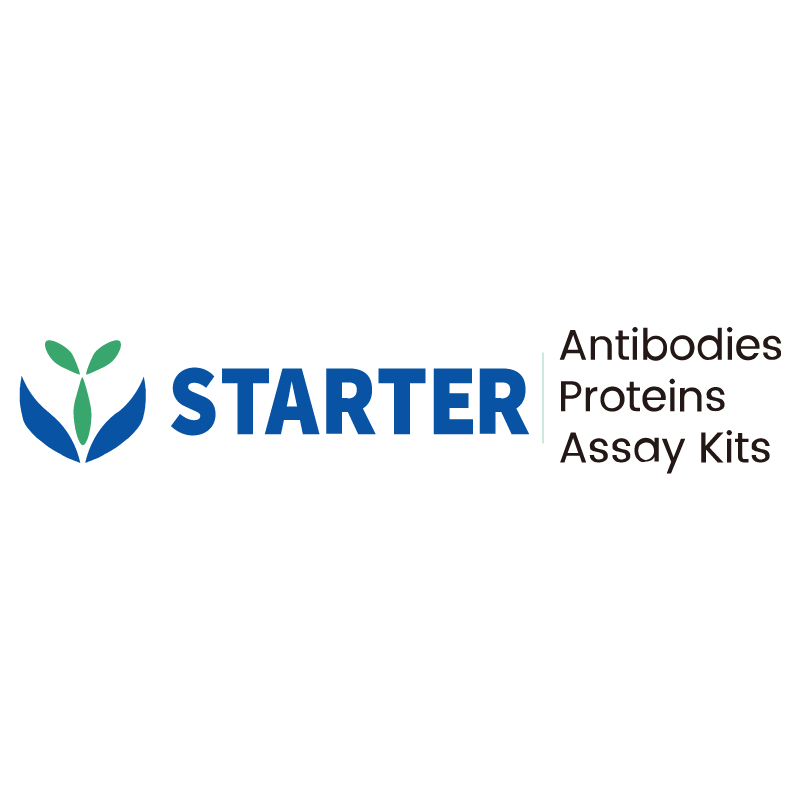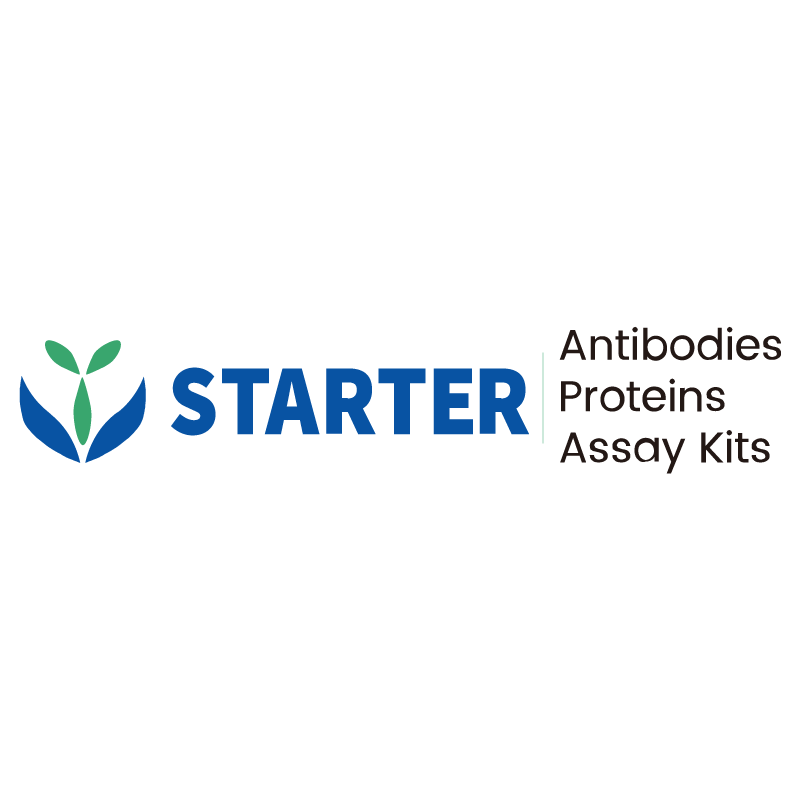Standard curve
Example of Human IFN-γ standard curve in Assay Diluent #10.
Product Details
Product Details
Product Specification
| Antigen | IFN-γ |
| Immunogen | Recombinant Protein |
| Antibody Type | Recombinant mAb |
| Reactivity | Hu |
| Purification | Protein A |
| Stability & Storage | 2 to 8 °C as supplied. |
Kit
| Precision | Intra-assay: 4.0%; Inter-assay: 4.5% |
| Sample type | Cell culture supernatant, Serum, Plasma |
| Assay type | Sandwich (quantitative) |
| Sensitivity | 2.577pg/ml |
| Range | 15.63 pg/mL – 1000 pg/mL |
| Recovery | Cell culture supernatant: 93% Serum: 109% Plasma: 111% |
| Assay time | 45 minutes |
| Species reactivity | Human |
| NIBSC convert |
The dose response curve of the International Standard (87/586) parallels the OneStep standard curve. To convert sample values obtained with the kit to approximate NIBSC (87/586) units, use the following equation: NIBSC (87/586) approximate value (IU/mL) = 0.02 x OneStep Human IFNγ value (pg/mL).
|
Background
Interferon-gamma (IFN-γ) is a dimeric cytokine central to innate and adaptive immunity, primarily produced by activated T cells and natural killer (NK) cells. Structurally, IFN-γ exists as a homodimer, with each subunit comprising six α-helical domains stabilized by intra- and interchain disulfide bonds. It signals through a heterodimeric receptor complex composed of IFNGR1 and IFNGR2, initiating JAK-STAT pathway activation. Post-translational glycosylation at asparagine residues (e.g., Asn25 and Asn97 in humans) enhances its stability and modulates receptor interaction dynamics. Immune Regulatory Roles and Therapeutic Cross-Talk of IFN-γ: Interferon-gamma (IFN-γ) orchestrates multifaceted immune responses, exerting critical antiviral and antitumor defense by inducing cellular antiviral states and enhancing tumor immunosurveillance through upregulation of MHC class I/II expression. It activates macrophages to bolster phagocytosis, reactive oxygen species production, and pathogen clearance, while polarizing CD4+ T cells into Th1 subsets to amplify cell-mediated immunity. Despite its protective roles, IFN-γ exhibits a dual nature in inflammation, where excessive levels contribute to autoimmune disorders (e.g., rheumatoid arthritis, multiple sclerosis) and chronic inflammatory pathologies. Therapeutically, IFN-γ synergizes with proinflammatory cytokines like TNF-α and IL-12 to amplify immune activation, while counteracting the immunosuppressive effects of IL-4 and IL-10, highlighting its pivotal yet complex role in balancing immune defense and inflammatory regulation. Advantages of this OneStep ELISA Kit Design: Simplified Workflow: Combines sample incubation and detection in a single step, eliminating intermediate washing and reducing hands-on time. High Efficiency: Achieves results within 45 minutes, ideal for high-throughput studies or urgent diagnostics. Enhanced Precision: Minimizes procedural variability and cross-contamination risks through optimized reagent formulation. Broad Compatibility: Validated for diverse biological matrices, ensuring flexibility in experimental design. This kit’s streamlined protocol and robust performance make it an indispensable tool for researchers and clinicians seeking reliable IFN-γ quantification in time-sensitive or resource-limited settings.
Picture
Picture
ELISA
Linearity
The concentrations of IFN-γ were measured and interpolated from the target standard curves and corrected for sample dilution.
#1 sample is undiluted samples are as follows: human PBMC cells were stimulated with 10ug/ml PHA for 6days (0.83%). The interpolated dilution factor corrected values are plotted. The mean target concentration was determined to be 81.32 ng/mL in stimulated human PBMC supernatant.
Linearity
To assess the linearity of the assay, three samples were spiked with high concentrations of Human IFN-γ in various matrices and diluted with the appropriate Calibrator Diluent to produce samples with values within the dynamic range of the assay.
Protocol Diagram


